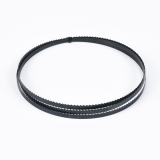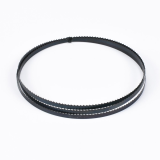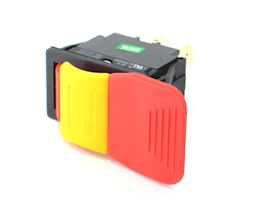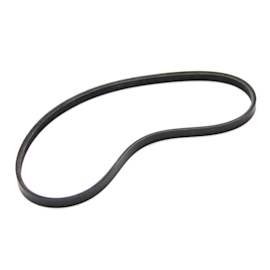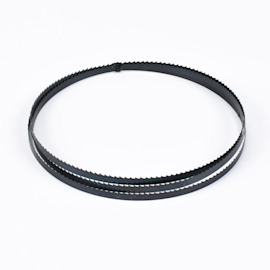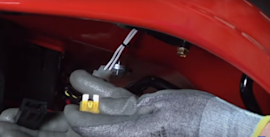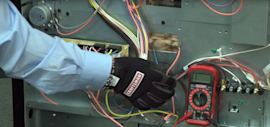Using a dull blade or the wrong type of blade in a band saw produces ragged cuts, as does feeding the work piece through the cutting area too quickly. The blade also can't make clean cuts if blade tension is loose.
Move the work piece slowly through the cutting area to help the blade cut smoothly. Pushing the work piece too fast can cause the blade to twist-resulting in cuts with tattered edges. If you have to push the work piece with more than just light force to move it through the cutting area, make sure the blade is sharp. Replace a dull blade because it will produce ragged cuts and won't cut the work piece efficiently.
Check blade tension if tattered edges appear on cuts when moving the work piece through the cutting area slowly and with light tension. Tighten blade tension if you can easily push the blade in more than a 1/4-inch using a gloved finger.
Using the wrong type of blade on a work piece can cause ragged cuts, so use the right type of blade for the work piece you're cutting. For example, using a 6 TPI (Teeth Per Inch) saw blade to cut thin plywood veneer will typically result in cuts with ragged edges. Use a thin-kerf blade with at least 60 TPI to cut thin plywood veneer cleanly.

